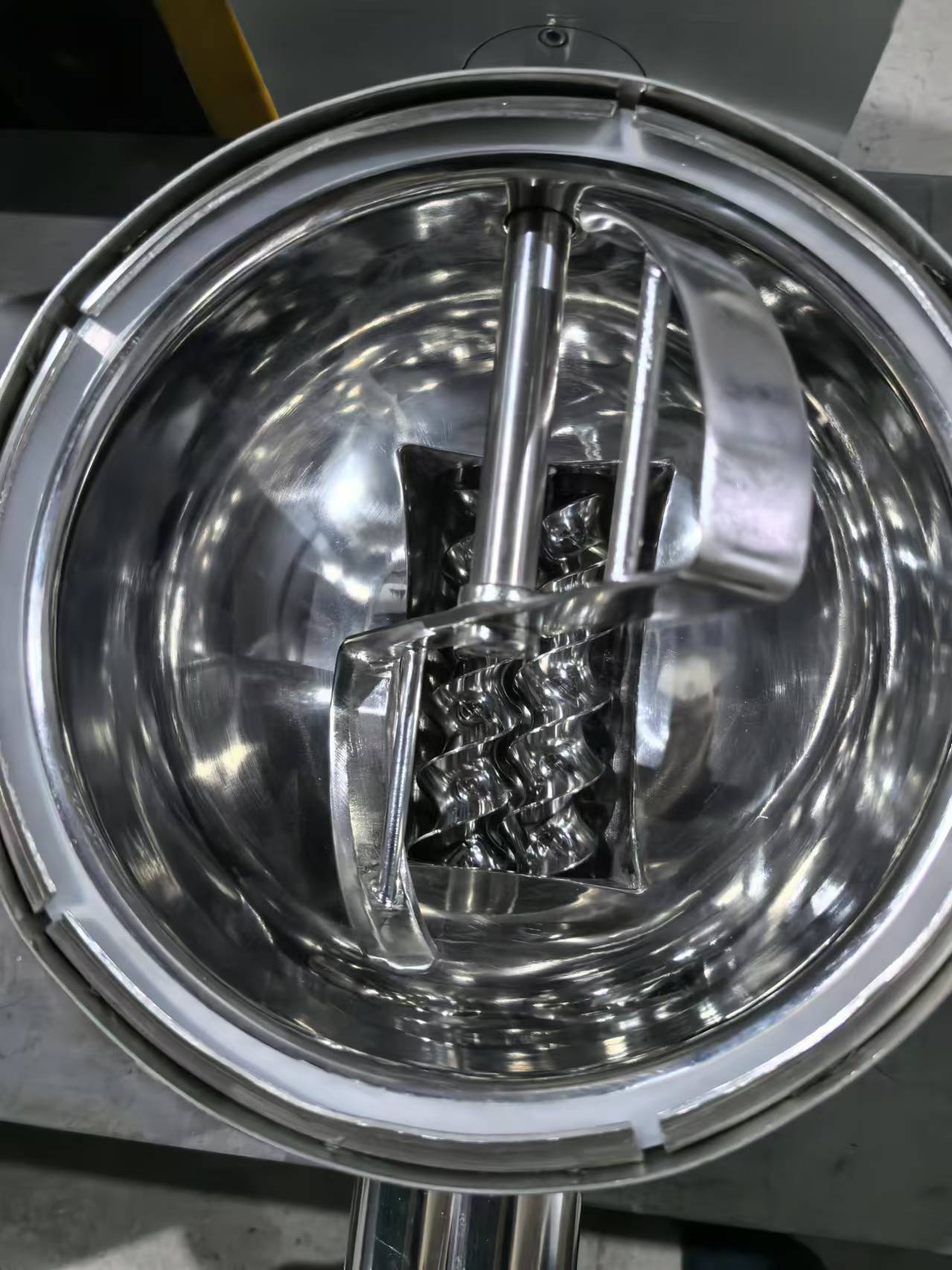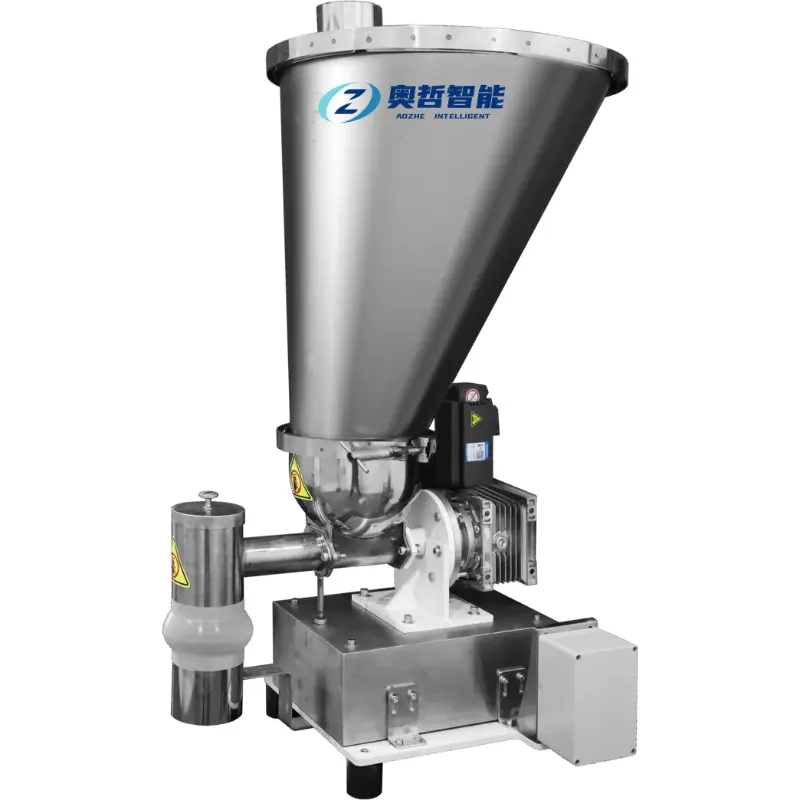Choosing the Right Single Screw Feeder for Powder and Granular Materials
Release time: 2025-10-15
Table of Contents
Single screw feeders are widely used in industries like food, chemical, and plastics for accurately feeding powder and granular materials. Choosing the right feeder is crucial for efficient production, consistent quality, and smooth operation. Here’s a guide to help you select the best single screw feeder for your material handling needs.
1. Understand Your Material Properties
Before selecting a feeder, it’s important to understand the characteristics of your material. Factors like particle size, density, flowability, and moisture content can affect feeding performance. Powders with high moisture content may clump together, while very fine powders may create dust. Granular materials with uneven size can cause irregular feeding. Choosing a feeder that accommodates your material type is the first step toward efficient operation.
2. Determine the Required Feeding Rate
The feeding rate, or how much material you need to move per hour, is another key factor. Single-screw loss-in-weight feeders are versatile, but they have limitations. For small feeding rates, a compact feeder with a smaller screw may be sufficient. For larger volumes, a bigger screw or higher-speed motor may be required. Ensure the feeder can provide a consistent and precise flow for your production needs.
3. Select the Appropriate Screw Design
The screw design plays a major role in material handling. Common options include standard, deep, and extended screws. Standard screws work for most free-flowing powders and granules. Deep or extended screws are better for dense, sticky, or difficult-to-flow materials. The right screw ensures smooth feeding, prevents blockages, and maintains consistent accuracy.
4. Consider the Drive and Control System
Modern single screw feeders often come with advanced control systems that adjust screw speed in real time, ensuring accurate feeding regardless of material fluctuations. Some models allow integration with weight-loss or gain-in-weight systems, providing precise measurement for automated processes. Choosing a feeder with an appropriate drive and control system enhances efficiency and reduces waste.
5. Think About Maintenance and Cleaning
Maintenance is critical, especially when feeding powders that can create dust or residues. Look for a feeder that is easy to disassemble, clean, and inspect. Materials like stainless steel or special coatings can prevent sticking and corrosion, prolonging the feeder’s lifespan and maintaining product quality.
Conclusion
Selecting the precision single screw weighing machine for powder and granular materials involves understanding your material properties, required feeding rate, screw design, control systems, and maintenance needs. By carefully evaluating these factors, you can choose a feeder that ensures accurate, consistent, and efficient feeding, improving productivity and reducing operational issues.
A properly selected single screw feeder not only saves time and money but also ensures smooth, reliable production for your industrial processes.


